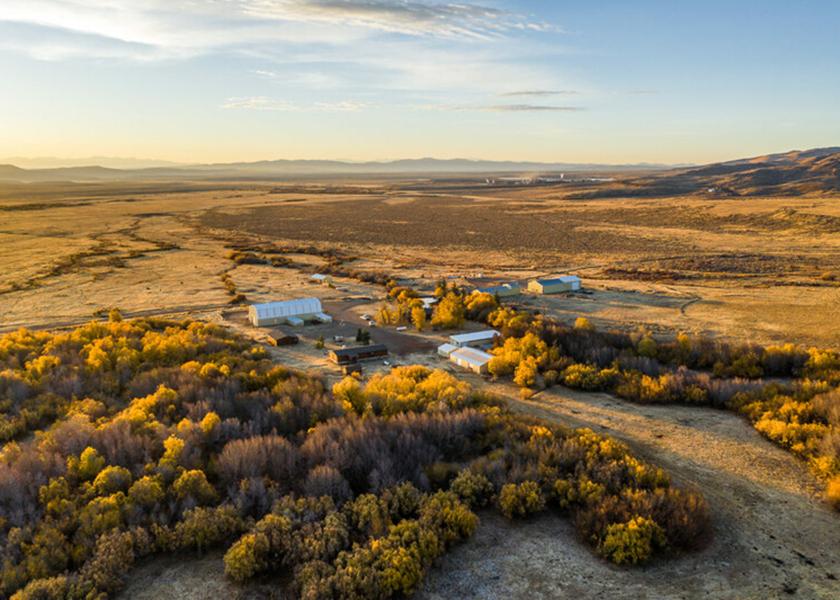NCBA & PLC Secure NEPA Improvements For Livestock Producers

Kaitlynn Glover, The National Cattlemen’s Beef Association (NCBA) Executive Director of Natural Resources and the Public Lands Council (PLC) Executive Director, released the following statement on the U.S. Forest Service’s (USFS) final rule to update the agency’s National Environmental Policy Act (NEPA) regulations:
"Today’s announcement represents decades of work by livestock producers who have told the Forest Service and other federal agencies for years that NEPA regulations need serious improvement. This rule formalizes changes that will allow USFS to be better partners to ranchers and stakeholders who depend on healthy forests and grasslands. These are common-sense changes that add clarity by streamlining NEPA processes and ensuring that agencies are not spending time on unnecessary duplicative NEPA reviews. Thank you to the U.S. Department of Agriculture and USFS for following through with this process."
The final rule contains a series of new categorical exclusions (CEs) and a Determination of NEPA Adequacy. CEs are a NEPA process that are completed when a determination is made that the proposed action will not have a significant impact. The proposed rule released by the USFS in June 2019 was broader than the contents of the final rule. NCBA and PLC will continue to work with USFS officials and NEPA experts across the administration to finalize other components of the 2019 proposed rule, as directed by the updated NEPA regulations finalized by the White House Council on Environmental Quality in July 2020.
Background
Changes to NEPA under this rule include:
- Six new CEs, including activities related to recreation special uses, administrative sites, recreation sites, restoration and resilience projects, and certain road management projects;
- Consolidating two CEs into one related to existing special uses;
- Expanding two CEs related to special use authorizations on up to 20 acres of National Forest System lands and decommissioning of authorized and unauthorized roads and trails on National Forest System lands; and a
- Determination of NEPA Adequacy process by which a previous environmental analysis may be used for a subsequently proposed action if the prior NEPA adequately assesses the impacts of the proposed action and reasonable alternatives.
The changes in the final rule will become final on November 19, 2020. More information is available on the USFS website.







